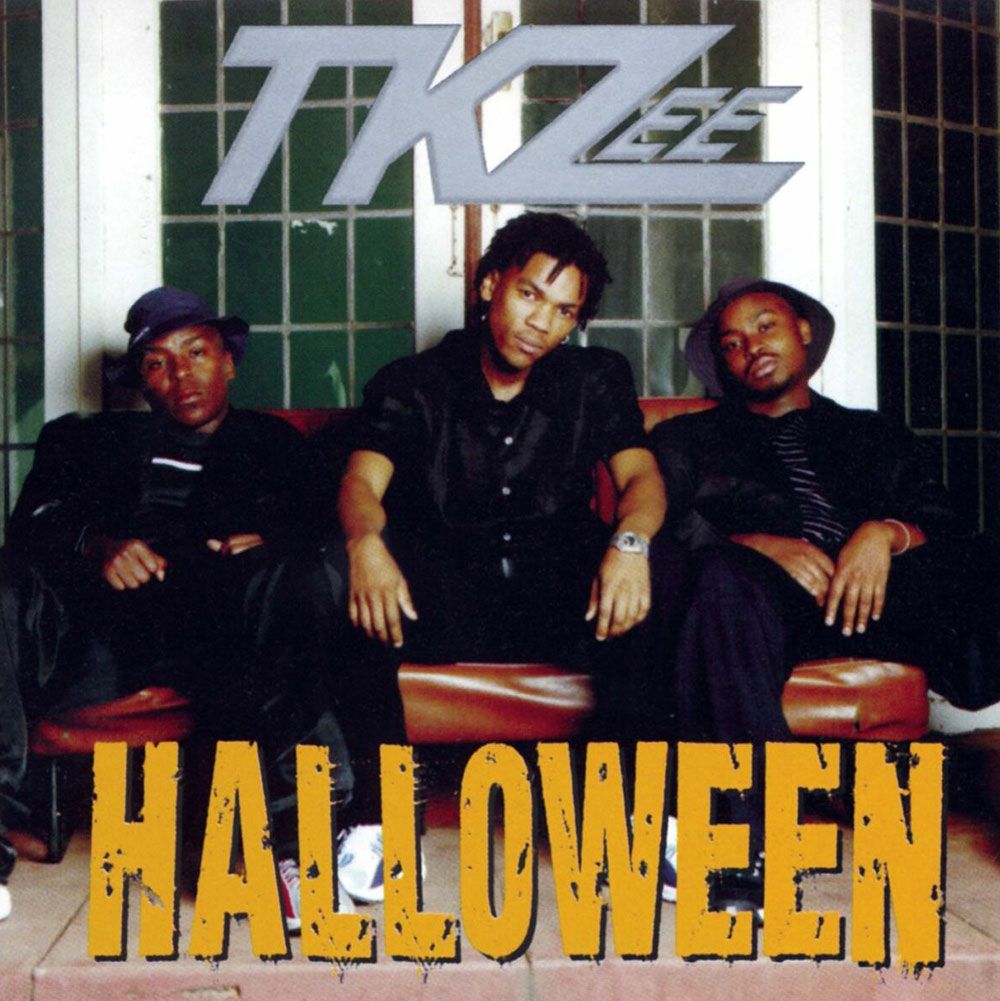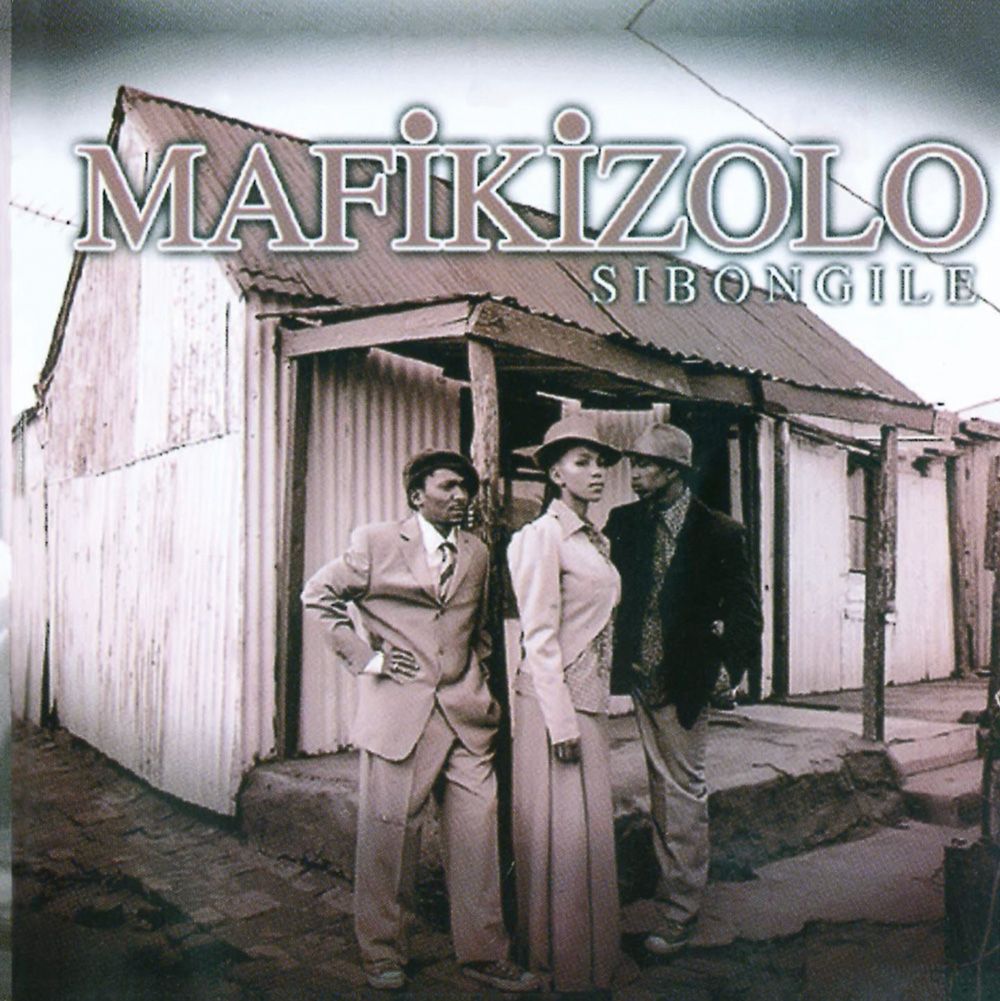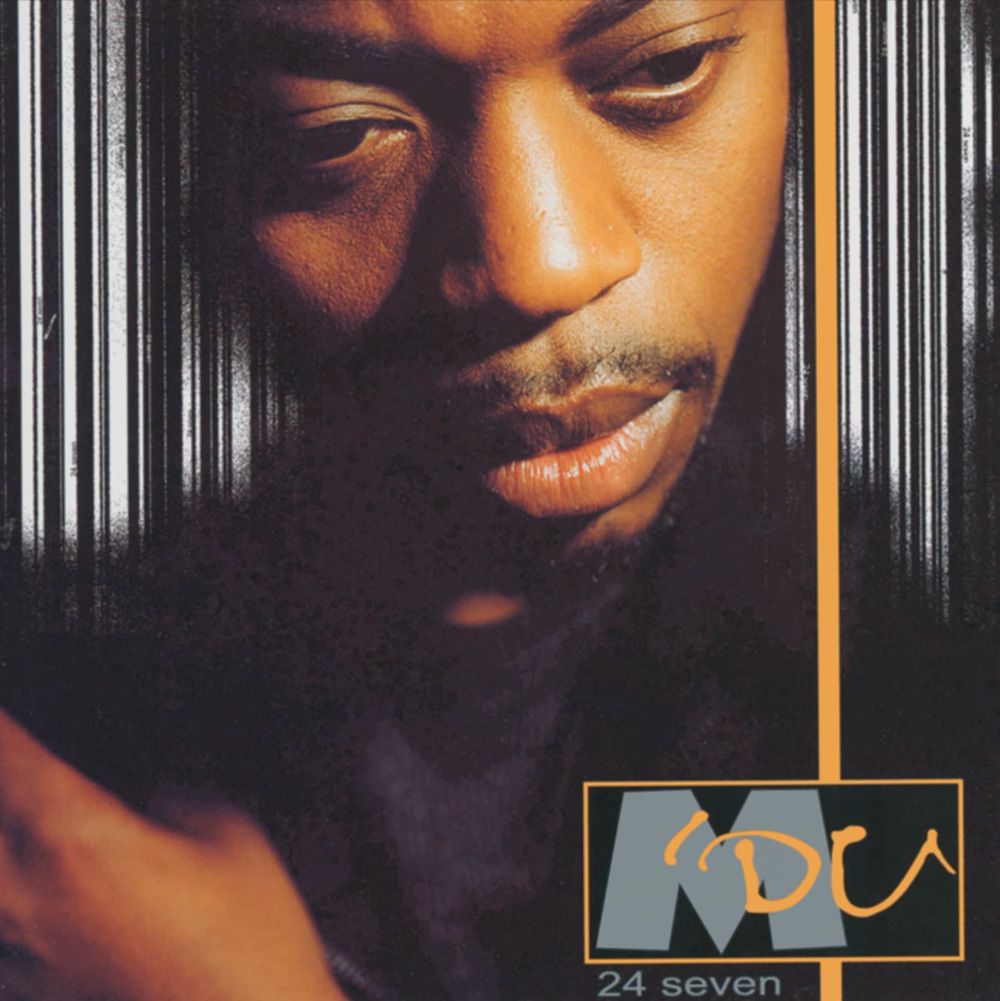MPHUTHUMI NTABENI
The city is mine by Niq Mhlongo: A review

Recently I attempted to review Ivan Vladislavić’s book of creative nonfiction, The Near North, and ended up with an emotional reaction to it from reading my life through it. It became a syntax stutter that forced me out of my authorial hideout. It made me understand that we live with an undefined haze of unexamined personal experience that hangs over all our efforts to be normal. The Near North helped me trace and make sense of the painful incisions in my recent past, not for cathartic illusions or something impossible like that, but, like everyone else, to live quietly with my own wounds as itching scars. I sense something similar for Niq Mhlongo’s latest novel, The City is Mine.
Naturally, no book can capture all the complexities of a place, especially not a city fraught with tragic history like Johannesburg.
As a black person, in particular, who tasted a piece of Joburg life in the late eighties and nineties, I felt the need to peek in on the other, less privileged, side of Johannesburg when I was reading The Near North. That came with Niq Mhlongo’s recent novel, The City is Mine – a streetwise, light-toned book of deep psychological insight that is carried as light as a feather, in subtle ways giving off X-rays of life within the city of Johannesburg. The book reads like a spellbinding amalgam of reportage and personal experience, disguised as fiction: in short, the book feels like some sort of a Bildungsroman, an earlier work reshaped and mastered by the now more developed writing skill of the author.
As a luminous portrait of the underbelly of a city written by someone who is down and out, it gives the normal literary reverberations (think James Joyce in Paris, Amit Chaudhuri in Calcutta): using wistful, dark humour; often risqué; inventive in finding ways to cope with life-sapping solitariness; and alienation and abrupt impoverishment that condemn one into exile from home.
Mhlongo, through the character of Mangi, loves Johannesburg with the insane and obsessive love of a jilted lover.
Mangi comes from the little village town of Moletji near Limpopo to study, drops out of university, gets a well-paying job, and cohabits with a slay queen (Aza), who tricks him into spending all his money on her and her family. When he loses his job, Aza humiliates him in several ways, until he has no desire to stay with her, though he’s still obsessed with her. He ends up homeless and sleeping in his car at various fuel stations. When the bank repossesses the car, he is really down and out, and he ends up hooking up with a homeless gang under the Smit Street bridge. From there, we get to know the gruesomeness of the real city of Johannesburg as he walks it with a lump in his throat, looking for whatever turns up:
It was a grey morning and the sky looked dirty like it was going to rain any time. The monotonous Wolmarans Street stretched with nothing to entice my eye. I passed a few ruined buildings and whistled thinly between my tongue and the roof of my mouth in disapproval. It was as if that part of the city was full of souls ready to be cleansed. A homeless man stood next to the shop collecting cigarette butts. He carried a cardboard with the sign: “Hiring someone to take care of me financially. Full-time job.”
The little money he gets through criminal gigs impersonating South African Bureau of Standards personnel, raiding mostly Asian-owned shops, he spends on brothels like the Summit Club and the Royal Hotel, and on booze and food. He often meets up with Boni, his favourite working girl, who gives his life a shred of meaning. They philosophise their relationship with tired clichés and lame excuses. But it is also about money, which brings a strange contradiction, since one of the reasons he broke up with his fiancée, Aza, is because she was behaving like a courtesan when not ridiculing him in front of her friends. He finds comfort in Boni, because there are no pretensions of love with her, and so he finds life tolerable.

Streets familiar to anyone who has lived in Hillbrow, Braamfontein and the CBD keep popping up: Wolmarans, Breë, Esselen, Quartz, Jorissen, etc. Mhlongo guides us through the Johannesburg city centre, a place he finds infinitely captivating. Mangi learns its history by sleeping at the Braamfontein cemetery, a neat literary trick. The founders of the city were the gold rush grubstakers, like Jeppe, Von Brandis and others. They are all lying there, divided by race and religion, even in death. So are the likes of Enoch Sontoga, the composer of the first passages of our national anthem (the rest – the bulk of it – was written by Xhosa poet SEK Mqhayi).
Not since Toloki, the main character of Zakes Mda’s Ways of Dying, have we delved into the psyche of the homeless like we do in Mangi, even as he feels apart from them and everything else, like Saul Bellow’s Dangling Man. Through Mangi’s eyes, we see how the city has changed from the hype of post-’94 into the current slum it presently is: dilapidated buildings, the collapsing electricity grid, blocked sewers, dry taps, the closed-up main city library at the gardens, etc. He reminisces about its vibrant club scene at Razzmatazz. As someone who knowns that scene, I might add Countdown also. The music scene is that of Mdu, TKZee, Mafikizolo and others.
In scope, Mhlongo’s book is almost in contrast with Vladislavić’s The Near North. It hardly has any intellectual musings, or what others may term haute bourgeoisie flâneur concerns, even though both books do a fair amount of walking about the city. The City is Mine is a book of harsh grind and grime and the realities of basic needs for survival in the city: a world of street vendors, domestic workers, taxi drivers, ladies of the night, vetkoeks, hard liquor, traditional shops, petty thieves and hardened criminals who bring and carry with them the smells and noises of the inner city and townships. You don’t hear much about the city’s glorious architecture and the built environment that this fluid city is evolving from and towards. Here, everyone is either watching the blood-tasselled pavements, looking after number one or watching out for the rain, from which you can quickly get sick if it drenches you.
Possessed by the singular obsession of making money, the city has a human face for those who have eyes to see. As an amalgamation of desperate people, it reminds one of the saying: “When you tilt South Africa on her sides, every loose thing lands in Johannesburg.” Or, as Mhlongo would say, Johustleburg. The wisdom Mangi learned from his grandfather, he refuses to apply in his own life, with tragic consequences:
“A fly that won’t leave a dead body gets buried with it.”
My advice is that if you want to grasp the complexities of Johannesburg, read both books in tandem, like I did. You just might grasp the ineluctable reasons why Mhlongo and Vladislavić are so passionately attached to the City of Gold.

This review was first published by litnet on 19 May 2024, and is re-published in herri with kind permission of the author.


